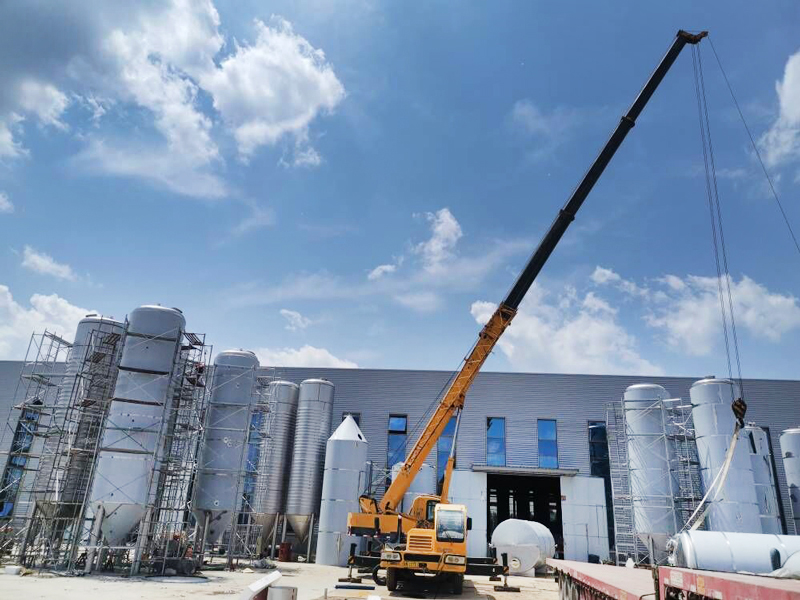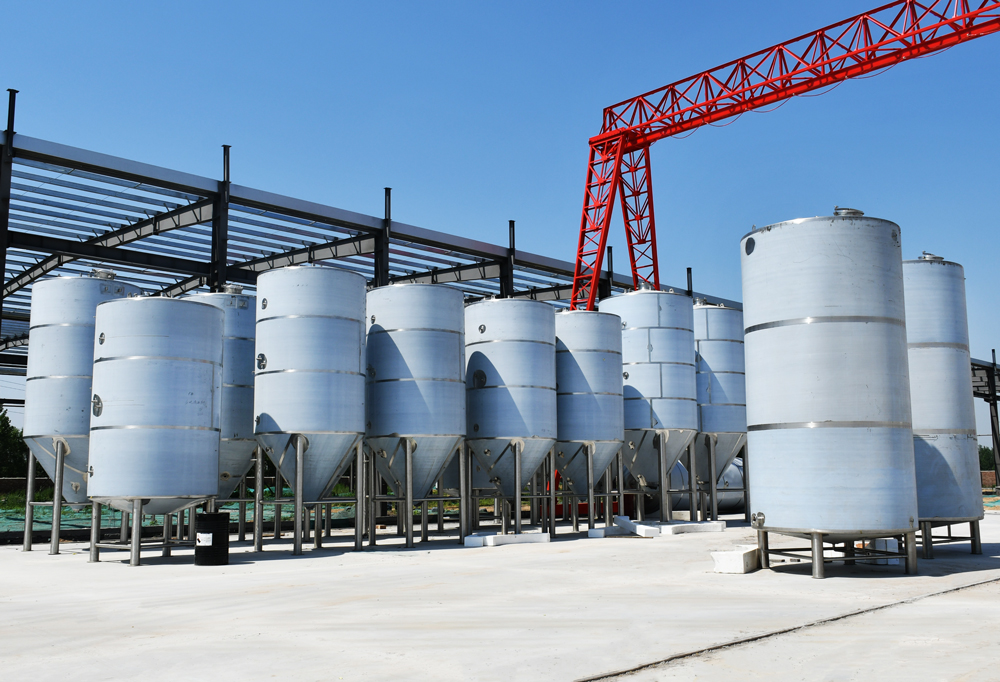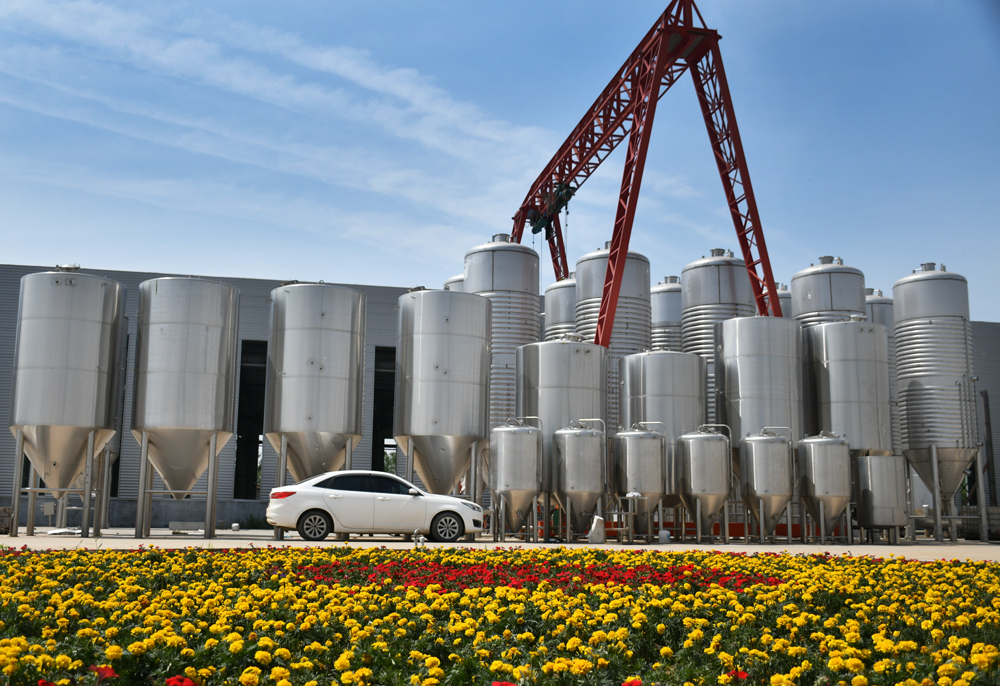
- Driven by consumption upgrades: With the improvement of people's living standards, consumers have a higher pursuit of the quality and taste of beer. Craft beer, with its diverse styles and high-quality brewing ingredients, meets consumers' demand for personalized and differentiated products, thereby prompting more entrepreneurs and beer companies to devote themselves to the field of craft beer, driving the market demand for craft beer equipment.
- The rise of emerging markets: On the basis of the continued growth of traditional European and American markets, the acceptance of craft beer in emerging markets such as Asia and South America has continued to increase, and the market potential has been gradually released. The economic development, changes in consumption concepts and the rise of young consumer groups in these regions have created a broad market space for the craft beer equipment industry.
- Small craft beer enterprises are booming: The number of small craft breweries and brewpubs is increasing, and they have a strong demand for small, flexible and cost-effective craft beer equipment. These companies focus on product features and localized operations, can respond quickly to market changes, and become an important force in promoting the growth of the craft beer equipment market.

2. Technological innovation leads development, and intelligence becomes the core trend
In the context of the rapid development of science and technology, the craft beer equipment industry is also constantly innovating in technology to improve production efficiency, reduce production costs and improve product quality. Among them, the application of intelligent technology has become the core trend of industry development.
- Automated production process: By introducing advanced automated control systems, craft beer equipment can achieve full-process automated operation from raw material delivery, brewing process monitoring to product filling. This not only greatly reduces manual intervention, labor intensity and human errors, but also improves production efficiency and product consistency.
- Intelligent monitoring and data analysis: With the help of Internet technology, craft beer equipment can collect various data in the production process in real time, such as temperature, pressure, fermentation time, etc., and provide support for production decisions through data analysis. Brewers can adjust production parameters in time based on these data, optimize brewing processes, and achieve precise brewing, thereby improving product quality and taste.
- Remote operation and maintenance and fault diagnosis: Equipment manufacturers can remotely operate and diagnose customers' craft beer equipment through remote monitoring systems. Once the equipment fails, technicians can quickly locate the problem and provide solutions, greatly shortening the equipment downtime and improving the reliability and stability of the equipment.
In addition, energy-saving and environmental protection technologies have also received widespread attention and application in the craft beer equipment industry. New brewing equipment uses energy-saving motors, efficient heat recovery systems, etc., which effectively reduces energy consumption; at the same time, in the equipment manufacturing process, more attention is paid to the use of environmentally friendly materials, reducing the impact on the environment.

3. The competition landscape has evolved in a diversified way, and the advantages of leading enterprises have become more prominent. At present, the competition landscape of the craft beer equipment industry is characterized by diversification. On the one hand, internationally renowned large-scale equipment manufacturers dominate the high-end market with their advanced technology, rich experience and perfect global sales and service network; on the other hand, many small and medium-sized enterprises seek development opportunities in the mid- and low-end markets and niche areas through differentiated competition strategies. - Leading enterprises lead innovation: Leading enterprises in the industry continue to increase their R&D investment, actively carry out technological innovation and product upgrades to maintain their leading position in the market. They can not only provide a full set of craft beer equipment solutions, but also provide customers with all-round support including technical training, after-sales service, market consulting, etc. to meet the diverse needs of customers. - Differentiated competition of small and medium-sized enterprises: Small and medium-sized enterprises achieve differentiated competition by focusing on niche markets, such as providing personalized equipment products and customized services for specific customer groups such as small brewing bars and home brewing enthusiasts. These enterprises usually have flexible business strategies and the ability to respond quickly to market changes, and can obtain a certain market share in specific areas. - Market integration trend emerges: With the intensification of market competition, the integration trend in the industry is gradually emerging. Some companies with technological advantages and market resources have achieved resource integration and complementary advantages through mergers and acquisitions, cooperation, etc., in order to enhance their market competitiveness and expand their market share.

4. Challenges and opportunities coexist, and the key to breaking through lies in innovation and cooperation
Although the craft beer equipment industry has broad prospects, it also faces some challenges in the development process.
- Fluctuation of raw material prices: The prices of the main raw materials required for beer brewing, such as malt, hops, yeast, etc., are affected by factors such as global climate change and market supply and demand, and fluctuate greatly. This has brought certain pressure on the production cost control of craft beer equipment companies.
- Fierce market competition: As more and more companies enter the craft beer equipment industry, market competition is becoming increasingly fierce. Companies need to continuously improve in terms of product quality, price, service, etc. in order to stand out in the market.
- Changes in regulations and policies: The beer industry is subject to strict regulations and policies, such as food safety standards and environmental protection requirements. Changes in regulations and policies may have an impact on the production and operation of craft beer equipment companies, and companies need to understand and adapt to these changes in a timely manner.
However, challenges and opportunities always coexist. In the face of these challenges, craft beer equipment companies need to achieve breakthrough development through innovation and cooperation.
- Product innovation: Continuously launch innovative products to meet the increasingly diverse needs of consumers. For example, develop more energy-saving, environmentally friendly and intelligent craft beer equipment, or design personalized brewing equipment for specific market needs.
- Win-win cooperation: Strengthen cooperation with upstream and downstream companies to jointly respond to market challenges. Establish long-term and stable cooperative relations with raw material suppliers to ensure a stable supply of raw materials and reasonable prices; work closely with craft beer companies to deeply understand their needs and provide equipment products and services that are more in line with the market.
- Expand market channels: Actively explore domestic and foreign markets and find new market growth points. In addition to traditional sales channels, you can also use Internet platforms, e-commerce channels, etc. to expand the sales network and increase the market coverage of products.